The American Water Spaniel, a breed celebrated for its versatility and charming personality, is a unique gem in the world of hunting and companion dogs. …
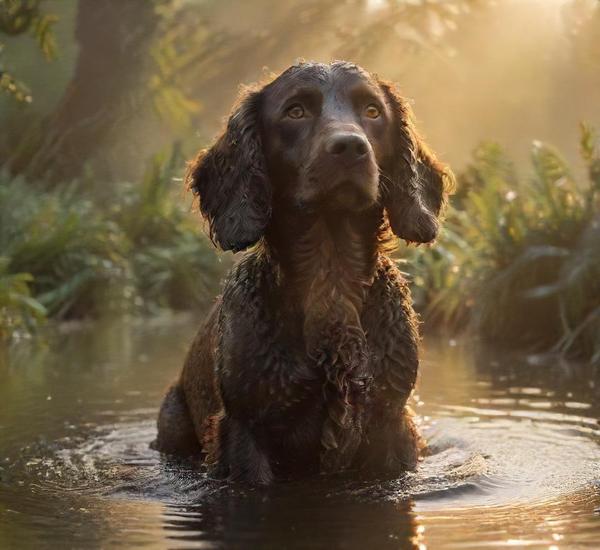
Happy Paws: All About Dogs

The American Water Spaniel, a breed celebrated for its versatility and charming personality, is a unique gem in the world of hunting and companion dogs. …

The Argentine Pila, also known as the Argentine Hairless Dog, is a unique and intriguing breed that stands out not only for its distinctive appearance …
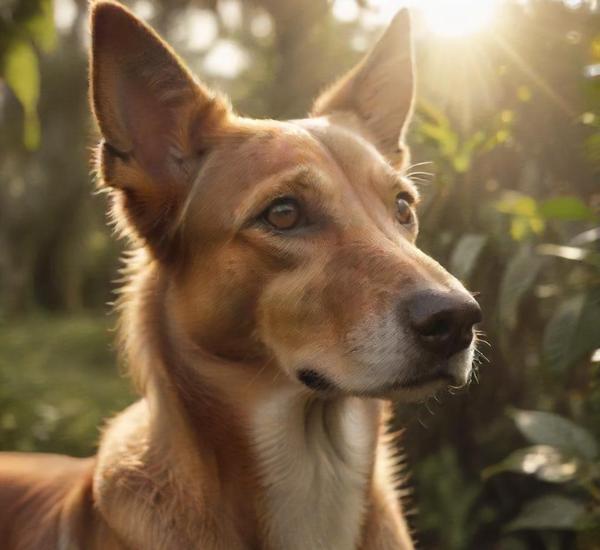
The Colombian Fino Hound, an enigmatic and captivating breed, has long intrigued dog enthusiasts with its unique blend of elegance and athleticism. Originating from the …

The American Hairless Terrier is a unique and charming breed that stands out for its distinctive lack of fur and spirited personality. As a relatively …
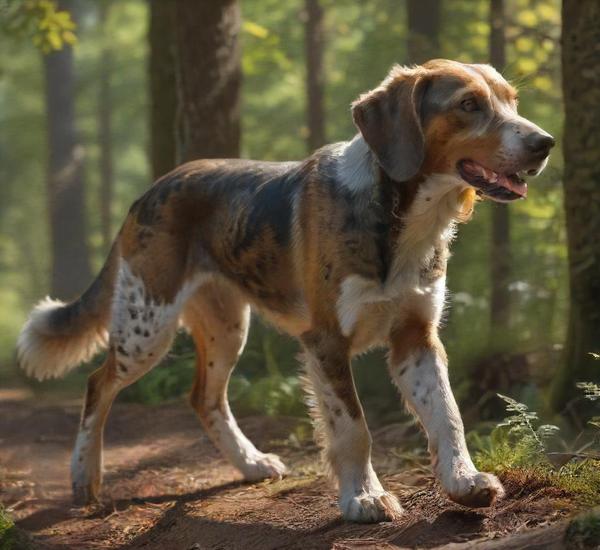
The American Leopard Hound is a breed that captivates with its striking appearance and dynamic personality, embodying both elegance and tenacity. Recognized for its distinctive …

The Cimarron Uruguayo, a unique and resilient breed from the heart of South America, is an exceptional example of canine adaptability and endurance. Originating from …
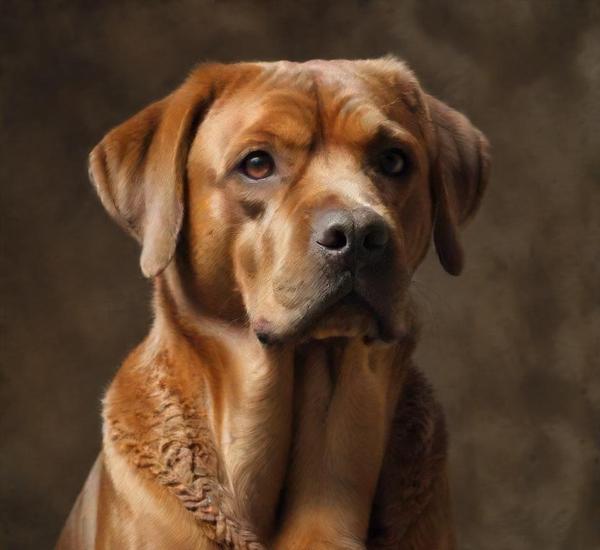
The Dogue Brasileiro, also known as the Brazilian Mastiff, is an impressive and versatile breed that combines strength, loyalty, and an unmistakable presence. Originating from …
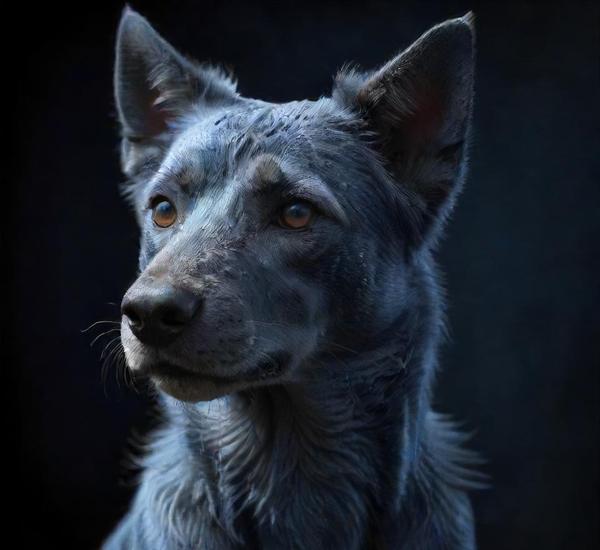
The Blue Lacy is a distinctive and versatile dog breed known for its remarkable intelligence, agility, and loyalty. Originating from the rugged landscapes of Texas, …
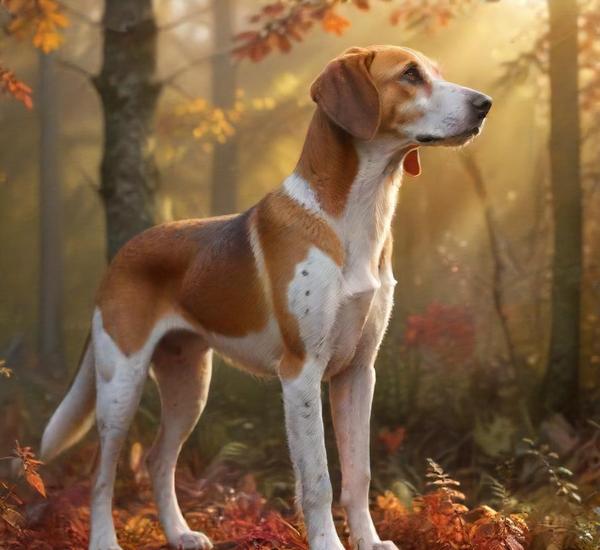
The American Foxhound, a breed deeply rooted in the rich traditions of American hunting and agriculture, embodies a striking blend of athleticism, endurance, and grace. …
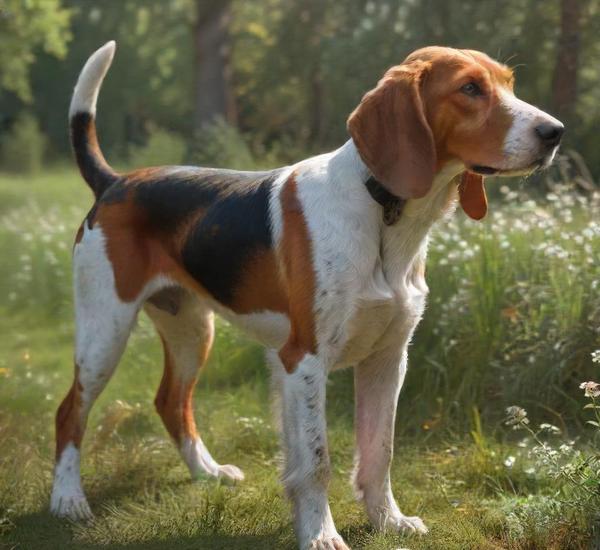
The Treeing Walker Coonhound, often simply referred to as the Walker, is a breed renowned for its exceptional hunting prowess and spirited personality. Originating from …